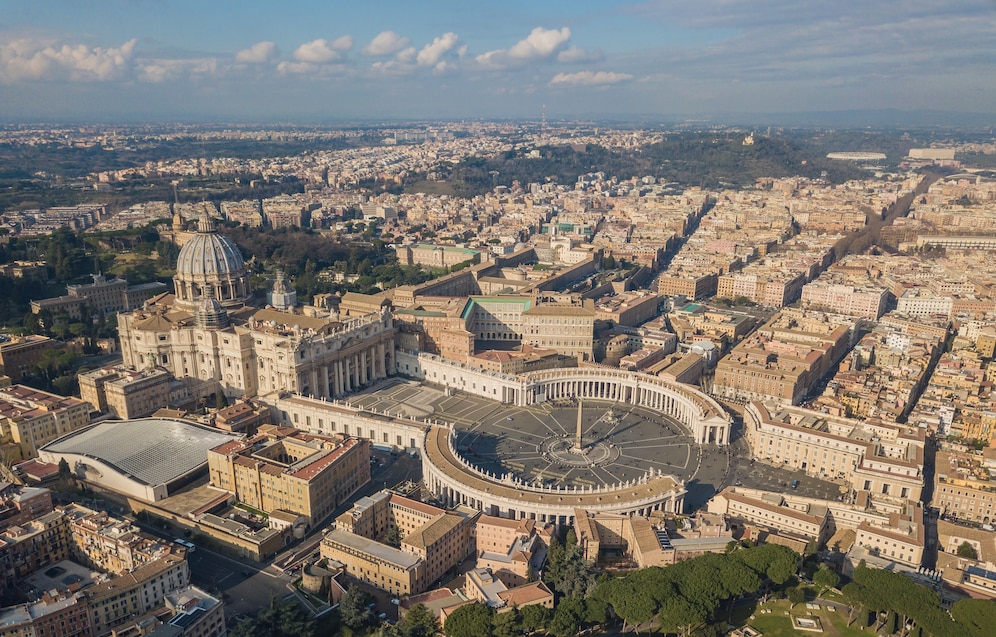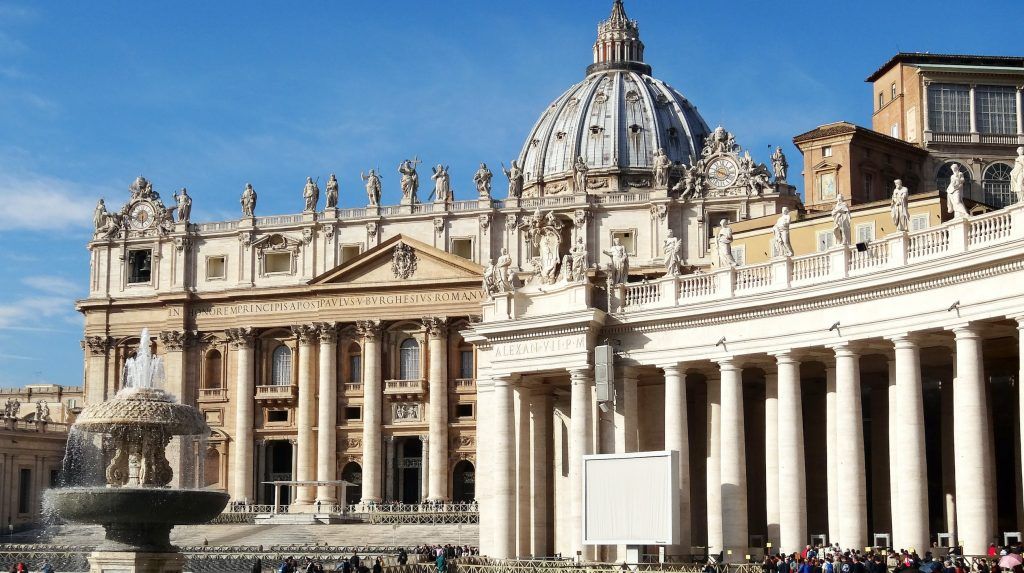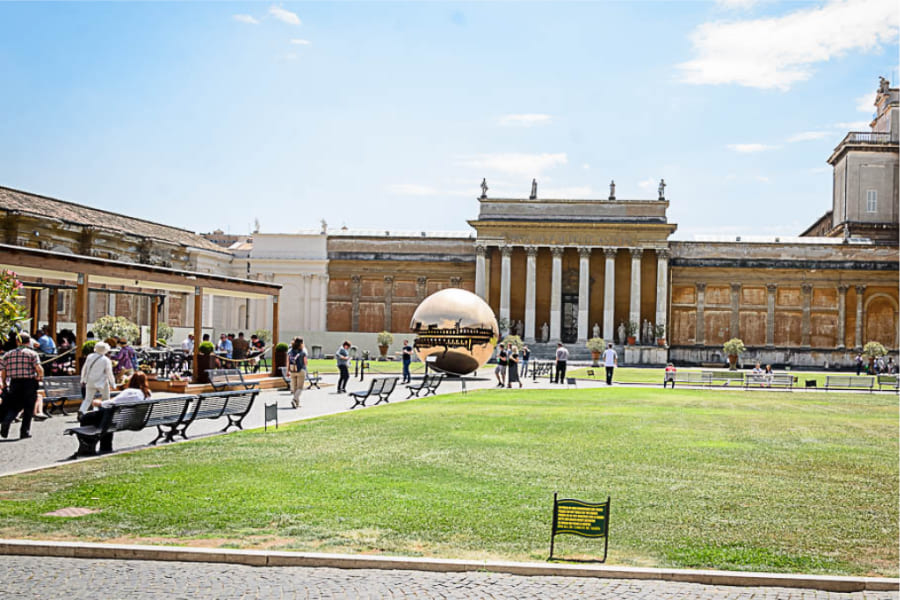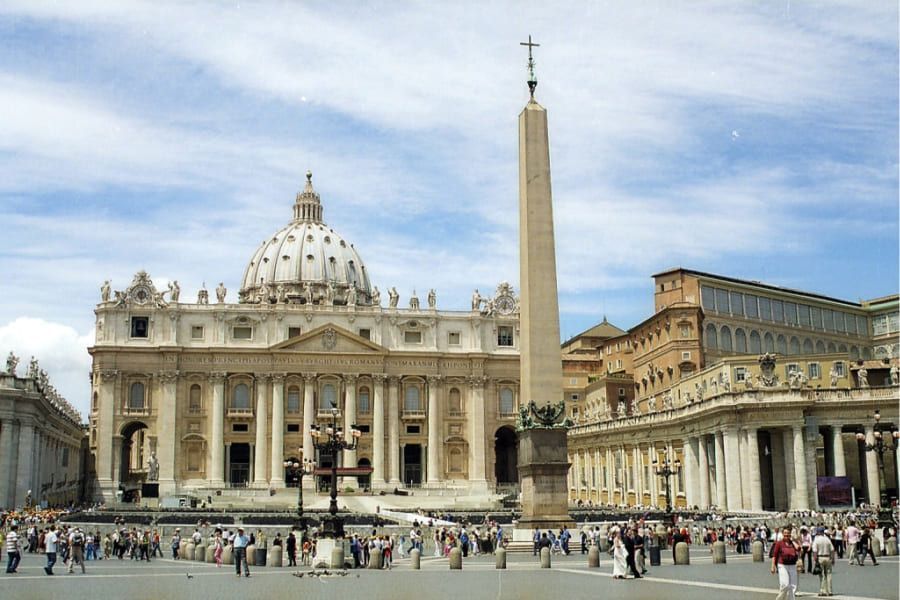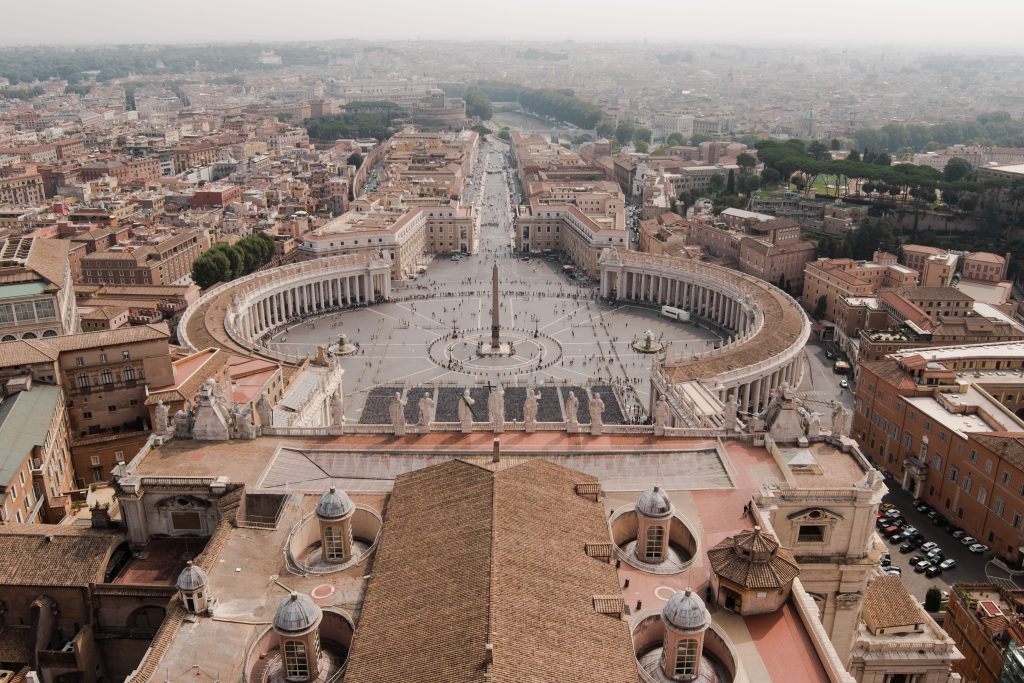Baccio Pontelli
Baccio Pontelli (1450-1520) was an Italian Renaissance architect and sculptor who, along with his colleague and collaborator, Donato Bramante, was the main architect of the Vatican City. Pontelli was born in Florence and his name is derived from the area of Florence called “Ponte alla Carraia”, which was a suburb of the city. He was a student of Brunelleschi, and later worked under Donato Bramante and Giuliano da Sangallo.
He was responsible for the design of the Vatican’s original courtyard, and for the construction of the first walls of the Belvedere court. He was also credited with the design of the loggia of the Belvedere court and the Sistine Chapel.
Pontelli also worked on civic buildings in Rome, such as the Palazzo Farnese and the Palazzo della Cancelleria. He also worked on the construction of various palaces in Florence and other cities in Italy, including the Palazzo della Signoria in Florence, the Palazzo Strozzi, and the Palazzo della Cancelleria in Rome.
Pontelli is also remembered as a skilled sculptor. He created a number of statues and fountains, including the Fountain of the Four Rivers in the Piazza Navona in Rome, which was the work of his pupil, Gian Lorenzo Bernini.
Pontelli was admired by his contemporaries for his skill and ingenuity. He was a prolific artist, and his works have left an indelible mark on the cityscape of Rome and Florence. He is remembered as a masterful architect and a talented sculptor who shaped the architectural landscape of the Renaissance.
